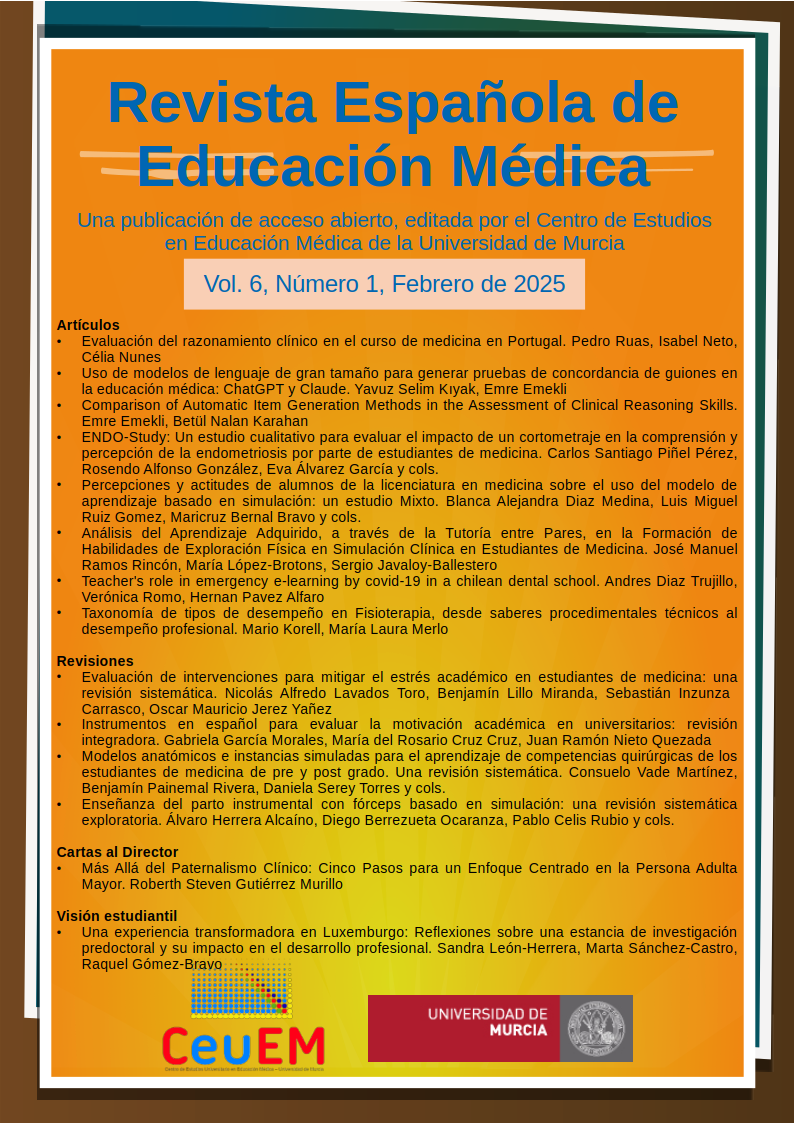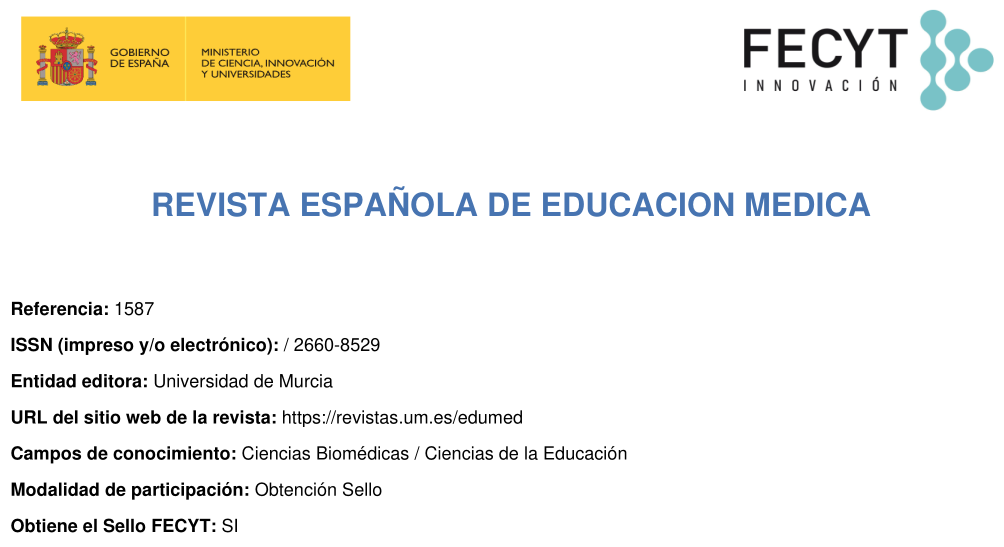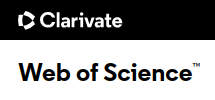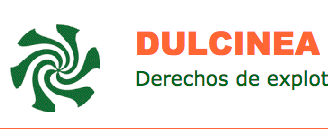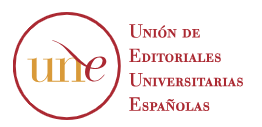Comparación de métodos de generación automática de ítems en la evaluación de habilidades de razonamiento clínico
Resumen
El uso de métodos de generación automática de ítems (AIG) ofrece potencial para evaluar las habilidades de razonamiento clínico (RC) en la educación médica, una habilidad crítica que combina el pensamiento intuitivo y analítico. En la educación preclínica, estas habilidades se evalúan comúnmente a través de exámenes escritos y preguntas de opción múltiple basadas en casos (MCQs), que son ampliamente utilizadas debido al alto número de estudiantes, la facilidad de estandarización y la evaluación rápida. Esta investigación generó preguntas centradas en RC para exámenes médicos utilizando dos métodos principales de AIG: basadas en plantillas y no basadas en plantillas (utilizando herramientas de IA como ChatGPT para un enfoque flexible). Se produjeron un total de 18 preguntas sobre la solicitud de investigaciones radiológicas para emergencias abdominales, junto con preguntas desarrolladas por el profesorado utilizadas en exámenes médicos para comparación. Radiólogos experimentados evaluaron las preguntas basándose en la claridad, la relevancia clínica y la eficacia en la medición de las habilidades de RC. Los resultados mostraron que las preguntas generadas por ChatGPT midieron las habilidades de CR con una tasa de éxito del 84,52 %, las preguntas desarrolladas por el profesorado con un 82,14 % y las preguntas basadas en plantillas con un 78,57 %, lo que indica que ambos métodos de AIG son eficaces en la evaluación de CR, con ChatGPT obteniendo un rendimiento ligeramente superior. Ambos métodos de AIG recibieron altas calificaciones en claridad e idoneidad clínica, mostrando potencial para producir preguntas eficaces de evaluación de CR comparables, e incluso superiores, a las preguntas desarrolladas por el profesorado. Si bien las preguntas de AIG basadas en plantillas son eficaces, requieren más tiempo y esfuerzo, lo que sugiere que ambos métodos pueden ofrecer un potencial ahorro de tiempo para los docentes en la preparación de exámenes.
Descargas
Métricas
-
Resumen527
-
pdf 440
Citas
Bonilauri Ferreira AP, Ferreira RF, Rajgor D, Shah J, Menezes A, Pietrobon R. Clinical reasoning in the real world is mediated by bounded rationality: implications for diagnostic clinical practice guidelines. PLOS ONE. 2010; 5(4): e10265. https://doi.org/10.1371/journal.pone.0010265
Pelaccia T, Plotnick LH, Audétat MC, Nendaz M, Lubarsky S, Thomas A, Young M, Dory VA. A Scoping Review of Physicians' Clinical Reasoning in Emergency Departments. Annals of Emergency Medicine. 2020;75(2): 206-217. https://doi.org/10.1016/j.annemergmed.2019.06.023
Gruppen LD. Clinical Reasoning: Defining It, Teaching It, Assessing It, Studying It. West Journal of Emergency Medicine. 2017; 18(1): 4-7. https://doi.org/10.5811/westjem.2016.11.33191
Simmons B. Clinical reasoning: concept analysis. Journal of Advanced Nursing. 2010;66(5): 1151-1158. https://doi.org/10.1111/j.1365-2648.2010.05262.x
Schmidt HG, Mamede S. How to improve the teaching of clinical reasoning: a narrative review and a proposal. Medical Education. 2015;49(10): 961-973. https://doi.org/10.1111/medu.12775
Miller GE. The assessment of clinical skills/competence/performance. Academic Medicine. 1990; 65(9 Suppl): 63-67. https://doi.org/10.1097/00001888-199009000-00045
Brentnall J, Thackray D, Judd B. Evaluating the Clinical Reasoning of Student Health Professionals in Placement and Simulation Settings: A Systematic Review. Int J Environ Res Public Health. 2022;19(2). https://doi.org/10.3390/ijerph19020936
Modi JN, Anshu Gupta P, Singh T. Teaching and Assessing Clinical Reasoning Skills. Indian Pediatrics. 2015;52(9): 787-794. https://doi.org/10.1007/s13312-015-0718-7
Schuwirth LW, van der Vleuten CP. Different written assessment methods: what can be said about their strengths and weaknesses? Medical Education. 2004;38(9): 974-979. https://doi.org/10.1111/j.1365-2929.2004.01916.x
Wrigley W, van der Vleuten CP, Freeman A, Muijtjens A. A systemic framework for the progress test: strengths, constraints and issues: AMEE Guide No. 71. Medical Teacher. 2012; 34(9): 683-697. https://doi.org/10.3109/0142159x.2012.704437
Gierl MJ, Lai H, Tanygin V. Advanced methods in automatic item generation: Routledge, 2021.
Cheung BHH, Lau GKK, Wong GTC, Lee EYP, Kulkarni D, Seow CS, Wong R, Co MT. ChatGPT versus human in generating medical graduate exam multiple choice questions-A multinational prospective study (Hong Kong S.A.R., Singapore, Ireland, and the United Kingdom). PLOS ONE. 2023;18(8): e0290691. https://doi.org/10.1371/journal.pone.0290691
Kıyak YS, Coşkun Ö, Budakoğlu I, Uluoğlu C. ChatGPT for generating multiple-choice questions: Evidence on the use of artificial intelligence in automatic item generation for a rational pharmacotherapy exam. Eurapean Journal of Clinical Pharmacoogyl. 2024;80(5): 729-735. https://doi.org/10.1007/s00228-024-03649-x
Kıyak YS, Emekli E. ChatGPT prompts for generating multiple-choice questions in medical education and evidence on their validity: a literature review. Postgraduate Medical Journal. 2024;6: qgae065 https://doi.org/10.1093/postmj/qgae065
Williamson SM, Prybutok V. The Era of Artificial Intelligence Deception: Unraveling the Complexities of False Realities and Emerging Threats of Misinformation. Information. 2024;15(6): 299 https://doi.org/10.3390/info15060299
Pugh D, De Champlain A, Gierl M, Lai H, Touchie C. Using cognitive models to develop quality multiple-choice questions. Medical Teacher. 2016;38(8): 838-843. https://doi.org/10.3109/0142159x.2016.1150989
Ulusal Cep-2020 UCG, Ulusal Cep-2020 UYVYCG, Ulusal Cep-2020 DSBBCG. Medical Faculty - National Core Curriculum 2020. Tıp Eğitimi Dünyası 2020; 19: 141-146. https://doi.org/10.25282/ted.716873
American College of Radiology. Appropriateness Criteria Available online: https://www.acr.org/Clinical-Resources/ACR-Appropriateness-Criteria (15.08.2024)
Gierl MJ, Lai H, Turner SR. Using automatic item generation to create multiple-choice test items. Medical Education. 2012;46(8): 757-765. https://doi.org/10.1111/j.1365-2923.2012.04289.x
Gierl MJ, Lai H. Evaluating the quality of medical multiple-choice items created with automated processes. Medical Education. 2013;47(7): 726-733. https://doi.org/10.1111/medu.12202
Gierl MJ, Lai H. Using Automated Processes to Generate Test Items And Their Associated Solutions and Rationales to Support Formative Feedback. IxD&A. 2015;25: 9-20. https://doi.org/10.1177/0146621617726788
Kıyak YS. A ChatGPT Prompt for Writing Case-Based Multiple-ChoiceQuestions. Revista Española de Educación Médica. 2023; 4(3). https://doi.org/10.6018/edumed.587451
Pugh D, De Champlain A, Gierl M, Lai H, Touchie C. Can automated item generation be used to develop high quality MCQs that assess application of knowledge? Research and Practice in Technology Enhanced Learning. 2020;15: 11-13. https://doi.org/10.1186/s41039-020-00134-8
Cansever Z, Acemoğlu H, Avşar Ü, Hoşoğlu S. Tıp fakültesindeki çoktan seçmeli sınav sorularının değerlendirilmesi. Tıp Eğitimi Dünyası. 2016;14(44): 44-55. https://doi.org/10.25282/ted.228764
Kıyak YS, Emekli E. A Prompt for Generating Script Concordance Test Using ChatGPT, Claude, and Llama Large Language Model Chatbots. Revista Española de Educación Médica. 2024;5(3). https://doi.org/10.6018/edumed.612381
Kurdi G, Leo J, Parsia B, Sattler U, Al-Emari S. A systematic review of automatic question generation for educational purposes. International Journal of Artificial Intelligence in Education. 2020; 30: 121-204. https://doi.org/10.1007/s40593-019-00186-y
Kıyak YS, Budakoğlu Iİ, Coşkun Ö, Koyun E. The first automatic item generation in Turkish for assessment of clinical reasoning in medical education. Tıp Eğitimi Dünyası. 2023; 22(66): 72-90. https://doi.org/10.25282/ted.1225814
Ngo A, Gupta S, Perrine O, Reddy R, Ershadi S, Remick D. ChatGPT 3.5 fails to write appropriate multiple choice practice exam questions. Academic Pathology. 2024;11(1): 100099. https://doi.org/10.1016/j.acpath.2023.100099
Kıyak YS. Beginner-Level Tips for Medical Educators: Guidance on Selection, Prompt Engineering, and the Use of Artificial Intelligence Chatbots. Medical Science Educator. 2024; 1-6. https://doi.org/10.1007/s40670-024-02146-1
Derechos de autor 2024 Servicio de Publicaciones de la Universidad de Murcia

Esta obra está bajo una licencia internacional Creative Commons Atribución-NoComercial-SinDerivadas 4.0.
Las obras que se publican en esta revista están sujetas a los siguientes términos:
1. El Servicio de Publicaciones de la Universidad de Murcia (la editorial) conserva los derechos patrimoniales (copyright) de las obras publicadas y favorece y permite la reutilización de las mismas bajo la licencia de uso indicada en el punto 2.
© Servicio de Publicaciones, Universidad de Murcia
2. Las obras se publican bajo una licencia Creative Commons Reconocimiento-NoComercial-SinObraDerivada 4.0.
![]()
3. Condiciones de auto-archivo. Se permite y se anima a los autores a difundir electrónicamente las versiones preprint (versión antes de ser evaluada y enviada a la revista) y/o post-print (versión evaluada y aceptada para su publicación) de sus obras antes de su publicación, ya que favorece su circulación y difusión más temprana y con ello un posible aumento en su citación y alcance entre la comunidad académica.

